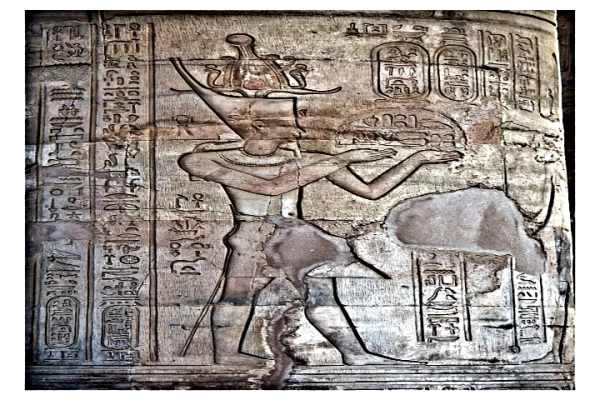
Ptolemy kings in Egypt from (VIIII - XII)
Ptolemaic Kingdom
Ptolemy I Soter established a strong Hellenistic dynasty that ruled over the region from southern Syria to Cyrenaica and south to Nubia in 305, declaring himself Pharaoh of Egypt and founding the Ptolemaic Kingdom. As the kingdom's capital, Alexandria developed into a hub for Greek trade and culture.
To gain recognition from the native Egyptians, they called themselves the successors of the pharaohs. Later Ptolemies followed the ancient Egyptian custom of marrying their brothers, erected public monuments to themselves in Egyptian style and dress, and participated in Egyptian religious life. The Ptolemies suppressed local uprisings and fought foreign and civil wars, which ultimately caused the kingdom to fall and be annexed by Rome. Up until the Muslims conquered Egypt, Hellenistic culture thrived there throughout the Roman and Byzantine periods.
The last ruler that came from the royal family of Ptolemy was Cleopatra. With a desire to preserve the independence of Egypt, the last Ptolemaic king of the royal line Cleopatra was willing to ally herself with both Mark Anthony and Julius Caesar. Nevertheless, this did not stop the Ptolemaic dynasty from falling to the hands of its enemies led by Octavius, also known as Caesar Augustus, who defeated them in the Battle of Actium. In 30 BC, she opted to take her own life.














